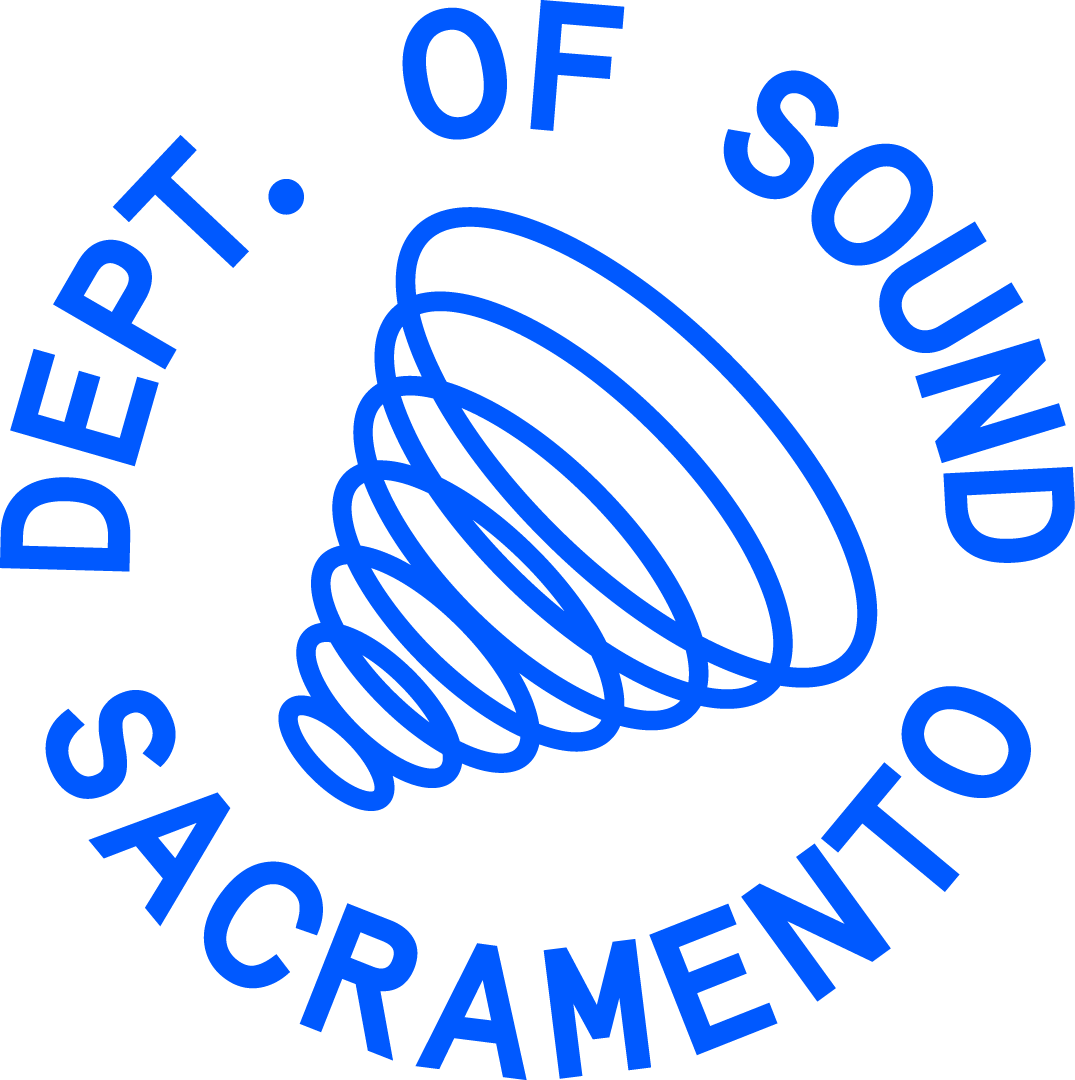Music Making Resources for Educators
The education system in 2020 and into 2021 has seen unprecedented challenges, but despite all, has demonstrated great adaptability and transformation. As distance learning continues, it is vital that students are able to participate in music-making. Below are some potential solutions for educators to consider in either an in-person or virtual setting.
Virtual Instruction:Showcase professional ensemble recordings in the virtual space.
Offer music listening activities for students to learn aural techniques.
Powerpoint presentations detailing note identification, ear training, and rhythmic dictation.
Download music sheets for students to read and practice beat lengths by humming along with the notes.
Utilize Soundtrap, a free music production software, for students to explore making beats; allowing students freedom of expression and individuality.
Face to Face Instruction: Have students create a musical board game that focuses on any areas of music theory, composers, music history, or genres to name a few.
Have students research music from different cultures, historical periods, and genres to make connections.
Incorporate rhythm games in the classroom.
RespondingHave students watch and dissect professional ensemble performances and take notes of what made them successful.
Have students find their favorite musical composition and have them do a special project on the musical piece, composer, etc.
SOURCE: “Fall 2020 Guidance for Music Education,” National Association for Music Education (NAfME)
